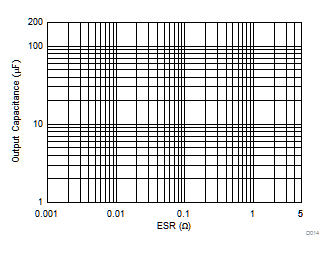SLVSDQ0J september 2017 – august 2023 TPS7B82-Q1
PRODUCTION DATA
6.7 Typical Characteristics
VIN = 14 V, VEN ≥ 2 V, TJ = –40°C to 150°C (unless otherwise noted)
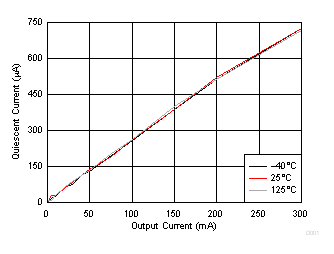
| VOUT = 5 V |
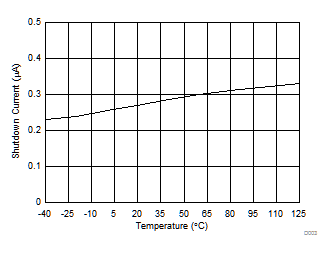
| VEN = 0 V |
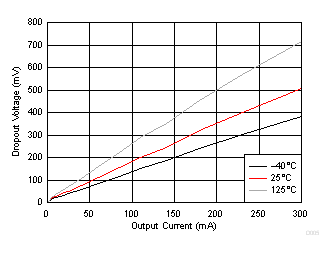
| VIN = 5 V, 5-V fixed output, V(Dropout) = VIN – VOUT |
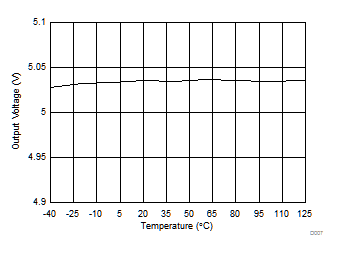
| VOUT = 5 V |
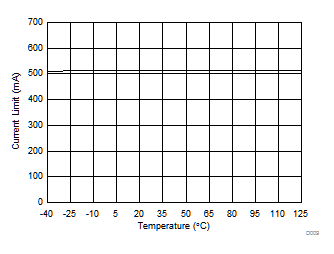
| VIN = 14 V, VOUT is shorted to 90% × VOUT |
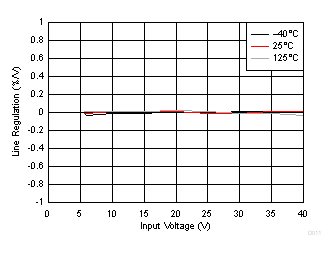
| VOUT = 5 V, IOUT = 10 mA |
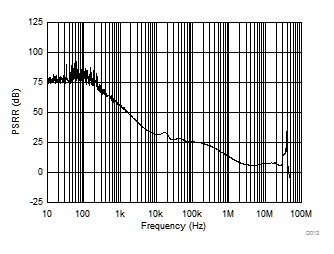
| IOUT = 100 mA |
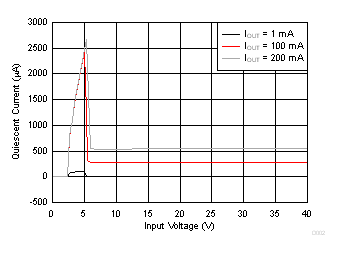
| VOUT = 5 V |
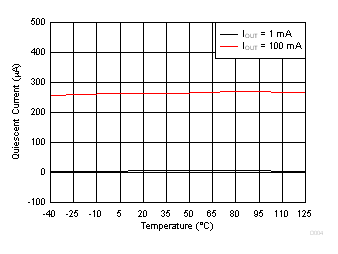
| VOUT = 5 V |
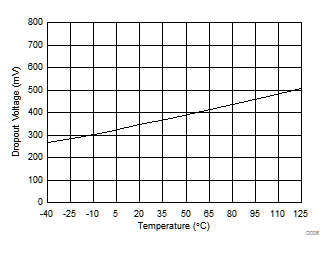
| VIN = 5 V, 5-V fixed output, V(Dropout) = VIN – VOUT |
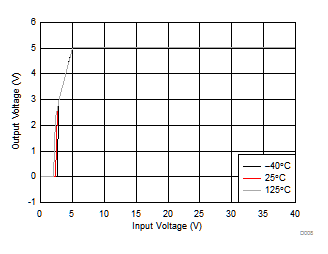
| VOUT = 5 V, IOUT = 1 mA |
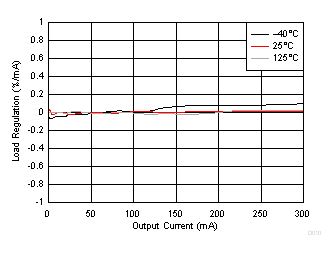
| VOUT = 5 V |
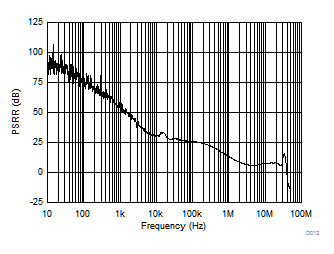
| IOUT = 10 mA |
